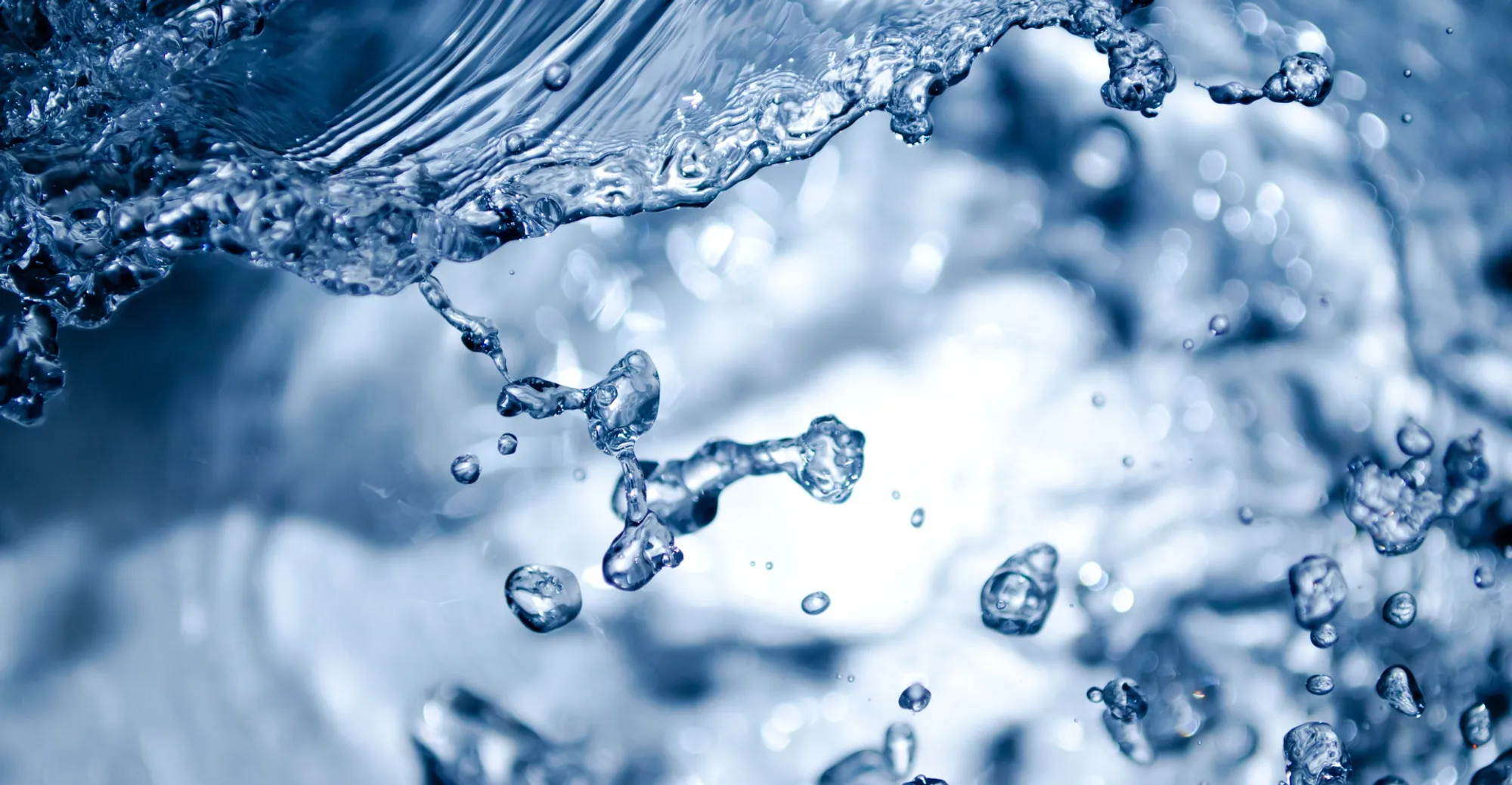
How to prevent chilled water system illness
How to prevent chilled water system illness
Through implementation of a cost effective solution
– by Jeroen Fijan, 11 September 2017
Our bodies need clean water to stay healthy. Therefore, our drinking water is filtered carefully to make it safe to drink. I’d like to compare our drinking water to the water in your chilled water system. In case the water in the system is contaminated, your chilled water system gets sick or out of balance and becomes – just like your body – less efficient.
The hazard of contaminated chilled water
When the water inside the chilled water system isn’t treated regularly, important properties like pH, alkalinity and hardness of the water get out of balance. In case pH and alkalinity are below recommended ranges, the metal corrosion rate increases and may result in costly damage to the chilled water system. In case pH and alkalinity are above recommended ranges, the chances of scale formation increases, which affects heat transfer efficiency and temperature regulation. Particles in the chilled water may also cause wear to components or block narrow pipes. Furthermore, the buildup of micro bubbles can have an adverse effect on the heat transfer efficiency as well.
Increased chances of contamination
I hope I’ve made my point regarding the importance of the water quality in your chilled water system. Yet still we come across very contaminated chilled water systems. As these systems are getting more and more advanced, keeping the cooling water clean becomes increasingly challenging. Whereas the chilled water system used to only serve the air conditioning system, nowadays many more applications are connected to the chilled water system, resulting in more contamination of the circulating water.
So, what’s the solution?
What can we do to prevent these problems? Traditionally, chemical additives are used to clean the water inside the chilled water system (if it is cleaned at all). However, it’s a maintenance-intensive method and harmful to the environment, in addition to the associated health and safety considerations. Not the best solution if you ask me. I would rather advise a more natural way of keeping your chilled water system clean. A chilled water system filtration unit regulates the pH level – and thereby minimizes corrosion – controls scaling, restricts bacterial growth, removes micro bubbles and offers advanced side stream filtration to < 5 μm.
Cost effective
This technology is actually very cost effective in three ways:
1. Improved energy-efficiency
This extensive filtration technology drastically improves water quality inside the chilled water system, resulting in significant improvements in both system efficiency and heat transfer efficiency.
2. Reduced service and maintenance costs
The unit is low maintenance and requires less man hours:
- There’s no need to frequently flush the system
- You don’t have to check and dose chemicals
- You don’t have to deal with the logistical challenges and costs of actually getting the chemicals onboard
- Reduced maintenance/cleaning of dynamic balancing valves
3. Prolonged life span of equipment
Thanks to the improved water quality, deterioration of expensive equipment in your system is prevented.
Proven technology
The filtration unit is very reliable so the chance of corrosion development is significantly minimized, no matter how many other systems are connected to your chilled water system. It’s a technology that we’ve used on some of the most advanced chilled water systems we have delivered.
So, what does it take to implement this solution? The filtration unit can be easily installed in less than a day, even while the system is in operation. A great system upgrade with minimal downtime.
Jeroen Fijan | R&D Manager
Jeroen Fijan has been working at Heinen & Hopman since 2001. He started as a draughtsman and, over the years, worked his way up to the top of the R&D division. Sustainability is a top priority in the quest to improve H&H’s products and processes.